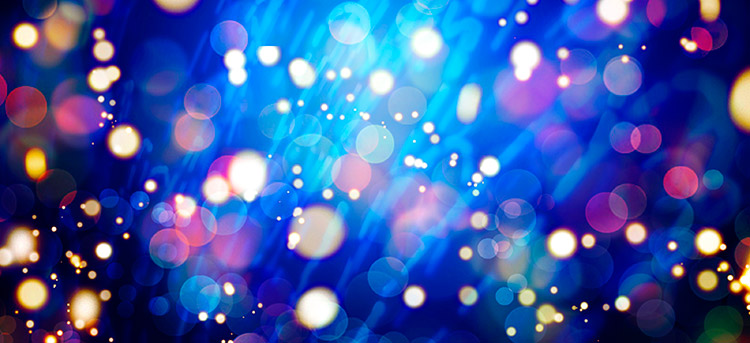The psychology of colour: making the right choices for your company branding

The psychology of colour: making the right choices for your company branding
It is easy to overlook the importance of colour in branding and leave choosing colour as an afterthought, but colour is in fact one of the most controversial, interesting and important aspects of marketing. As much as 90% of the snap judgements made about products are based on their colour.
It is difficult to generalise which colour causes what feelings in an individual, as this is partly dependent on many factors including experiences, culture and upbringing. There is however a generally accepted understanding of what colour is appropriate for a type of brand, and it is important to respect this if your brand is to succeed.
Successfully ‘owning’ a particular colour shows that your brand has really made it – think of Tiffany’s trademarked shade of ‘robin’s egg’ blue or the rich and luxurious purple of Cadbury’s chocolate. It has been proven that we prefer brands we recognise, and therefore trust, and what is more instantly recognisable about a brand than its colour?
For instance, whilst pink and purple shades are associated with girls and women and blue is seen as a boy’s colour, a study has shown that blue is actually the favourite colour of both men and women. The study also showed us that women prefer softer versions of colours in general whilst men like bright colours.
Whilst this list is by no means exhaustive and there are always exceptions to the rule, here is an initial guide to considering colour choices for your brand:
Red, Yellow and Orange:
These warm, bright colours are most often used for fast food restaurants for a variety of reasons. Yellow stands out most effectively for those driving in bright sunlight, and is seen as being ‘happy’. Red is the colour of meat, and the colours red, yellow and orange combined trigger excitement and hunger, encouraging a quick, spur of the moment meal.
Blue
Blue is many people’s favourite colour for a reason; it is seen as calming and trustworthy; the colour of the sea and sky. It is also seen as the colour of the mind and intellect, perhaps explaining why it is the top choice for social media giants Twitter, Facebook and LinkedIn. Blue is the world’s most popular colour and most commonly used in branding.
Purple
Purple is associated with spoiled food, and so is rarely used in restaurant branding or on restaurant walls. It is seen as luxurious, powerful and ‘royal’, explaining perhaps why it is used for marketing luxury food products like chocolate, but never meat or vegetables.
Black
Black is often viewed as sleek, smart and luxurious. Like purple it is rarely used for fresh food products, with the exception of luxury or snack items. Black is most commonly used for cars or fashion branding.
Green
Green is naturally seen as healthy, fresh and clean. It is used for eco-friendly, organic or health food products most often. Notice that the Subway sandwich brand uses bright green in their branding and slogan ‘eat fresh’ to stand out from other fast food outlets. Although they are in all likelihood just as unhealthy as McDonalds, they try to reassure customers that they are the least ‘naughty’ fast food option.
Emily Bradbury is writing on behalf of Superdream, an agency based in the West Midlands area providing complete design, copywriting and web development solutions.
